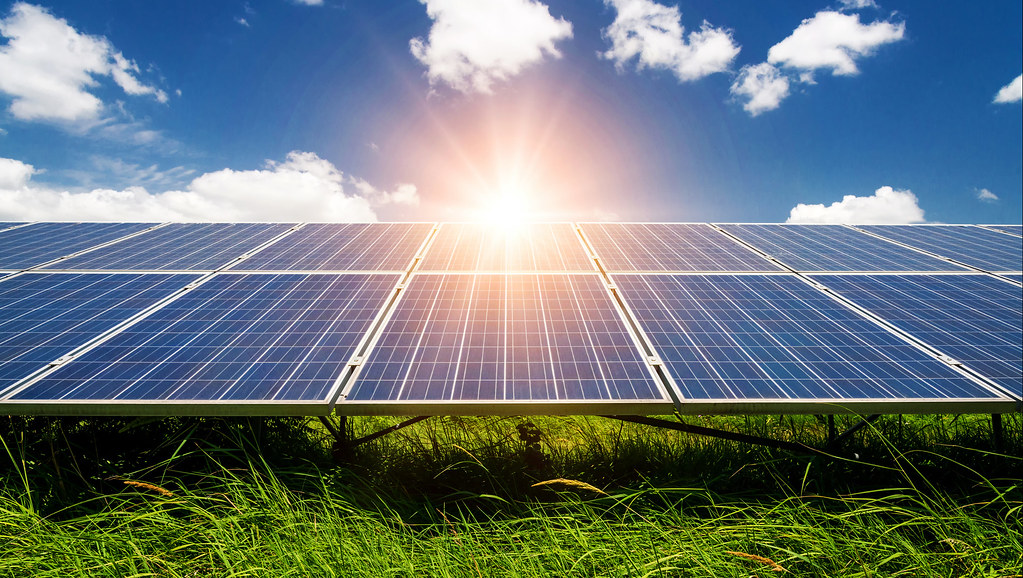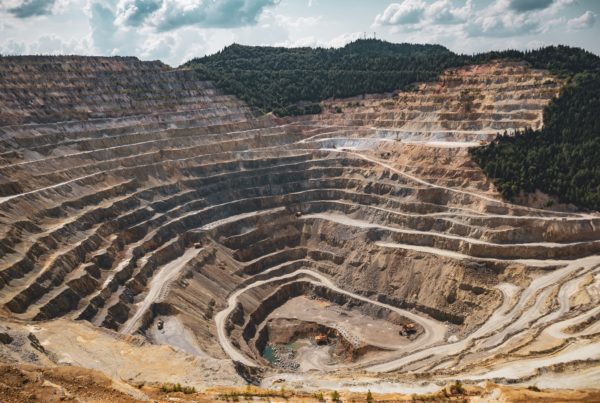
In a collaborative project led by the Fraunhofer Institute for Solar Energy Systems ISE, with the participation of the Ilmenau University of Technology, scientists have achieved an unprecedented level of solar cell efficiency: 24.3 percent of sunlight absorbed by monolithic silicon-grown III-V triple cells is generated in converted into electrical or chemical energy – a milestone in the development of new solar cells that could replace conventional silicon solar cells in the future.
Above all, however, the new cells can also be used for the production of hydrogen in direct solar water splitting, which many consider to be the regenerative energy source of the future.
 In the research project MehrSi funded by the Federal Ministry of Education and Research, the scientists investigated how best to combine the most cost-effective silicon material used in the production of solar cells with the powerful III-V semiconductors to convert sunlight into electrical or chemical energy with maximum efficiency.
In the research project MehrSi funded by the Federal Ministry of Education and Research, the scientists investigated how best to combine the most cost-effective silicon material used in the production of solar cells with the powerful III-V semiconductors to convert sunlight into electrical or chemical energy with maximum efficiency.
The scientists of the department of the TU Ilmenau “Fundamentals of Energy Materials” worked on improving the preparation of the interface between the silicon and the so-called III-V materials. This contact point of multiple cells, that is, solar cells consisting of two or more layered cells of different materials, is critical to the performance of the cells. When growing the III-V layer on silicon, care should be taken to ensure that the atoms occupy exactly the right positions in the crystal lattice, since defects in the lattice can severely impair the properties of the cells.
The improvements made by the Ilmenau scientists in the MehrSi project now enable manufacturing processes in which the transition between the materials is almost perfectly successful.
 The research results of the MehrSi project also represent a milestone in the development of competitive cells for direct solar water splitting. In such photoelectrochemical double cells, water is efficiently decomposed into its constituents hydrogen and oxygen with the help of sunlight – experts therefore also speak of the process “Artificial photosynthesis” or “artificial leaves”. Prof. Thomas Hannappel, head of the department “Fundamentals of Energy Materials”, who coordinated the research work at the TU Ilmenau, explains the advantages of the new cell technology: “With a simple solar cell without additional components, an efficient, direct decomposition of water in its components are not possible due to sunlight. This can only be achieved by multiple cells, as developed in the MehrSi project. This opens up new access to solar hydrogen production and storage. “Prof. Hannappel is convinced that hydrogen will play a central role as a storage medium in a sustainable energy system of the future.
The research results of the MehrSi project also represent a milestone in the development of competitive cells for direct solar water splitting. In such photoelectrochemical double cells, water is efficiently decomposed into its constituents hydrogen and oxygen with the help of sunlight – experts therefore also speak of the process “Artificial photosynthesis” or “artificial leaves”. Prof. Thomas Hannappel, head of the department “Fundamentals of Energy Materials”, who coordinated the research work at the TU Ilmenau, explains the advantages of the new cell technology: “With a simple solar cell without additional components, an efficient, direct decomposition of water in its components are not possible due to sunlight. This can only be achieved by multiple cells, as developed in the MehrSi project. This opens up new access to solar hydrogen production and storage. “Prof. Hannappel is convinced that hydrogen will play a central role as a storage medium in a sustainable energy system of the future.
In a further step, silicon / III-V based triple cells can be used for a sunlight-driven photoelectrochemical process in which sunlight converts carbon dioxide into usable fuels. The decisive factor for the success of these developments, which are being promoted at the TU Ilmenau, is the right growing together of the various semiconductor materials – in the MehrSi project it has been decisively improved.
Contact:
Prof. Thomas Hannappel
Head of Department Fundamentals of Energy
Materials Tel .: +49 3677 69-2566
[email protected]
Source: TU Ilmenau
Read the most up to date Fuel Cell and Hydrogen Industry news at FuelCellsWorks




